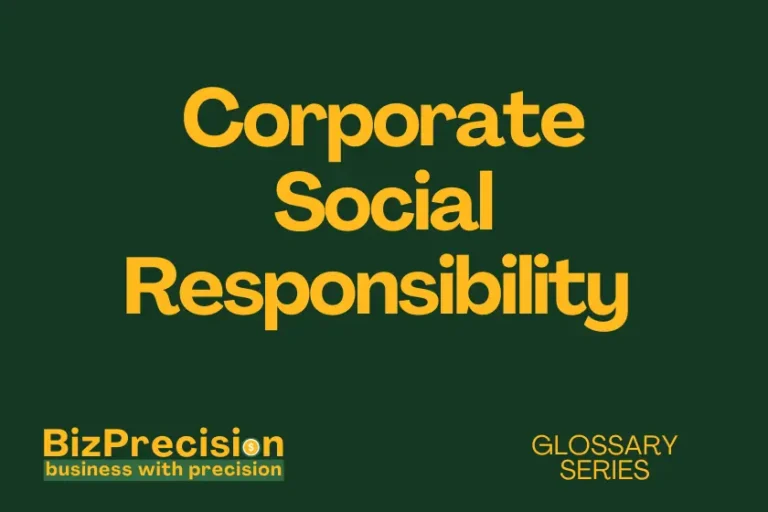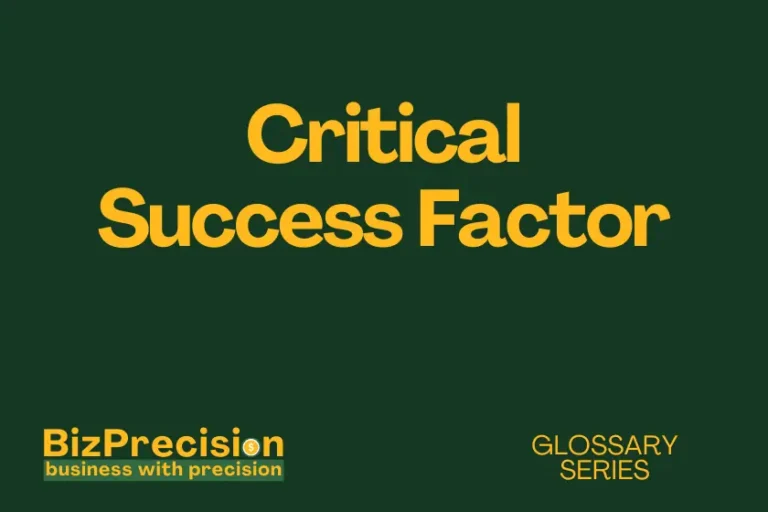What Is Corrective Action?
Corrective action is a systematic process of identifying and fixing business problems to prevent them from happening again.
When something goes wrong in your business, you need a plan to fix it. Corrective action gives you that plan. It helps you solve problems the right way.
A 2023 study by Quality Management Quarterly found that companies with strong corrective action programs reduce operational errors by 45%. This shows how important good problem-solving is for business success.
Let’s explore how corrective action can help your business grow and improve.
Understanding the Corrective Action Process
Root Cause Analysis Methods
Finding the real cause of a problem makes solving it much easier. Think of it like fixing a leaky pipe. You need to know why it’s leaking before you can fix it right.
The 5 Whys method helps you dig deeper into problems. You start with the issue and ask “why” five times. Each answer leads to a deeper cause.
For example:
- Why did the shipment arrive late? The truck broke down.
- Why did the truck break down? The engine overheated.
- Why did the engine overheat? The coolant was low.
- Why was the coolant low? Nobody checked it.
- Why didn’t anyone check it? No maintenance schedule exists.
Another useful tool is the Fishbone Diagram. It helps you see all possible causes of a problem. You write the problem at the “head” of the fish. Then you add “bones” for different cause categories.
Data collection proves vital for finding real causes. Keep good records of:
- When problems happen
- Who noticed them
- What went wrong
- How it affected work
Good records help you spot patterns. These patterns often point to the real problem source.
Implementation Steps
Starting corrective action requires clear steps. First, write down exactly what went wrong. Be specific about the problem.
Create a detailed plan to fix the issue. Your plan should say:
- What needs to be done
- Who will do it
- When it must be finished
Give clear jobs to specific people. Don’t just say “someone should fix this.” Name the person in charge.
Set realistic deadlines for each task. Break big jobs into smaller steps. This makes tracking progress easier.
Monitoring and Verification
Checking your fixes ensures they really work. Set up ways to measure success. Look for proof that the problem is gone.
Follow up regularly on completed actions. Some good questions to ask:
- Did the fix work?
- Has the problem come back?
- Are there any new issues?
Keep detailed records of all fixes. Good records help you:
- Track what works
- Show progress to others
- Learn from past solutions
Document everything about your corrective actions. Include the problem, solution, and results. This creates a valuable reference for future issues.
Types of Corrective Actions
Immediate Corrections
Quick fixes help control urgent problems. Think of these as first aid for your business issues.
Emergency responses stop immediate harm. For example, shutting down faulty equipment prevents accidents. This gives you time to find a real fix.
Temporary solutions keep work moving while you plan. They’re like putting a patch on a leak until you can replace the pipe.
Long-term Solutions
System improvements fix problems at their source. They stop issues from coming back. Think about updating old procedures or buying better equipment.
Process changes make work flow better. They might include:
- New safety checks
- Better training methods
- Updated work instructions
Policy updates help prevent future problems. Clear rules tell everyone what to do right.
Preventive Measures
Good risk assessment stops problems before they start. Look for weak spots in your process. Fix them before they cause trouble.
Warning systems help catch issues early. Set up checks and alerts for:
- Quality problems
- Safety concerns
- Process delays
Regular training keeps everyone sharp. Teach workers to spot and report problems early.
Benefits and Best Practices
Business Impact
Fixing problems early saves money. The Quality Management Institute reports that prevention costs 5 times less than fixing failures.
Happy customers stay with you longer. Research shows that quick problem solving increases customer loyalty by 40%.
Better processes mean less waste. This leads to:
- Lower costs
- Faster work
- Fewer mistakes
Common Challenges
Change often meets resistance. People like their usual ways of working. Good communication helps them accept new methods.
Resources matter for fixing problems. You need:
- Time to investigate
- Money for solutions
- People to do the work
Time management challenges need attention. Balance quick fixes with long-term solutions.
Success Factors
Leaders must support improvement efforts. Their backing helps:
- Get resources
- Keep projects moving
- Show importance
Worker involvement makes fixes work better. People support what they help create.
Clear communication keeps everyone informed. Share:
- What’s changing
- Why it matters
- How it helps
Conclusion
Corrective action drives business success. It turns problems into improvements. Remember, good fixes need:
- Clear plans
- Strong support
- Regular follow-up
Start building your corrective action process today. Find one small problem and fix it right. Use what you learn to tackle bigger issues.
Remember: every fixed problem makes your business stronger. Take that first step toward better operations now.







